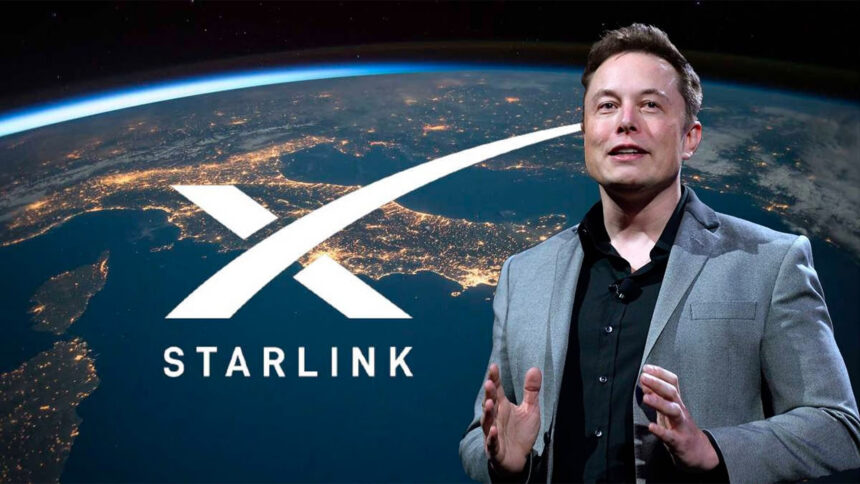SpaceX’s Starlink is set to revolutionize global communication in 2025 with its “Direct to Cell” service, allowing free calls and texts worldwide. Unlike traditional satellite phones, which are costly and require specialized devices, this service will be compatible with standard LTE-enabled smartphones.
How It Works:
- Utilizes Low Earth Orbit (LEO) satellites to provide 4G connectivity.
- Requires no hardware modifications, firmware updates, or special apps.
- Works “wherever you can see the sky,” eliminating the need for cell towers.
Supported Devices:
- Apple iPhone 13, iPhone 14
- Samsung Galaxy series
- Google Pixel phones
Global Impact:
- Access for Remote Areas: Enables connectivity in secluded regions, potentially supporting digital businesses.
- Support for Overseas Workers: Facilitates easy, free communication for expatriates and families.
- IoT Expansion: Plans for 2025 include integrating Internet of Things (IoT) capabilities, such as smart devices and sensors.
- Future Internet Browsing: Free global internet access could soon become a reality.
Availability: Starlink
Currently, Direct to Cell is operational in:
- Australia
- Canada
- New Zealand
- Japan
- Switzerland
- Chile
- Peru
- Ukraine
- United States
While Starlink is available in the Philippines, the rollout of Direct to Cell there remains unspecified.
This innovation could bridge the digital divide, connecting billions globally while reimagining the possibilities of mobile technology.









